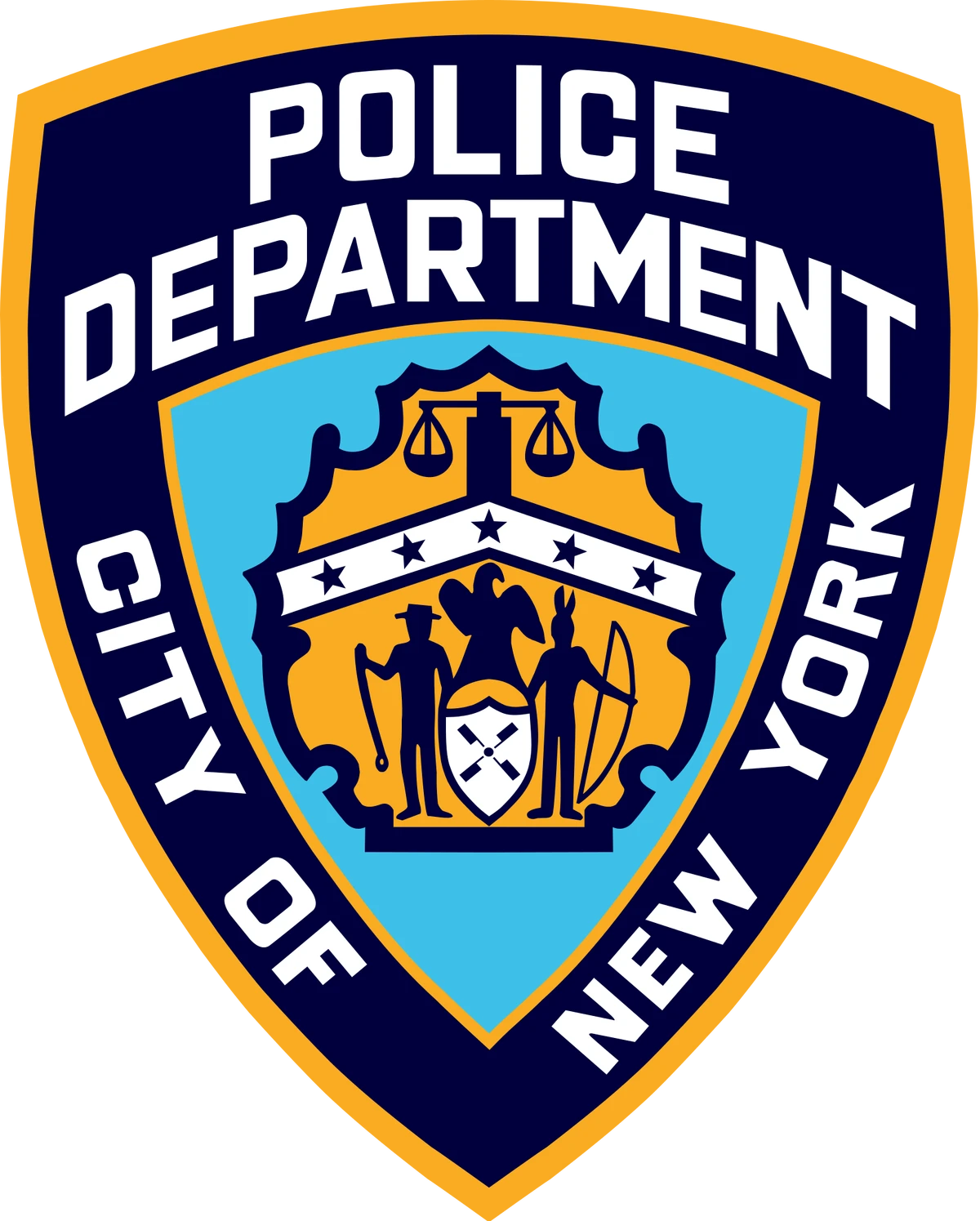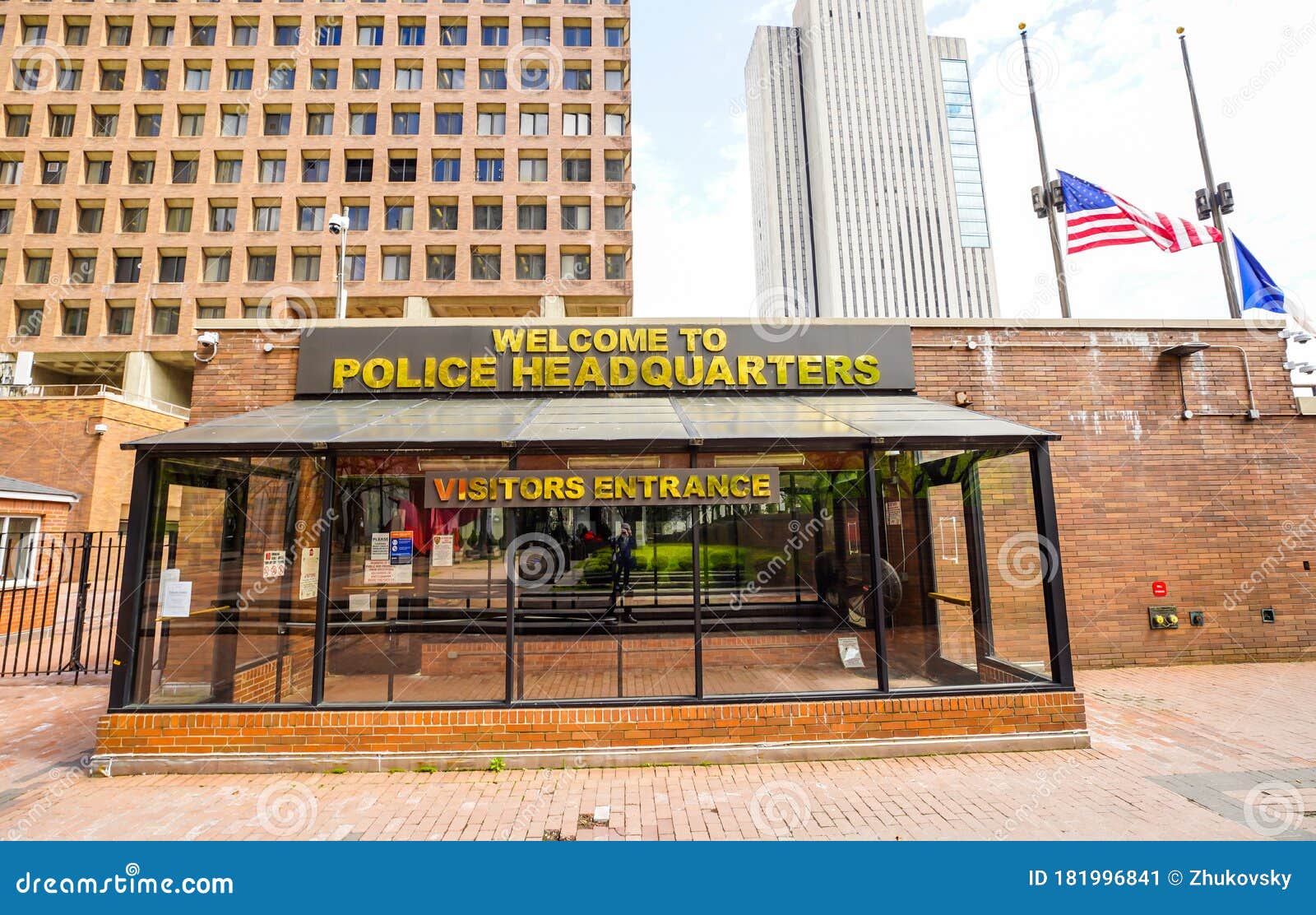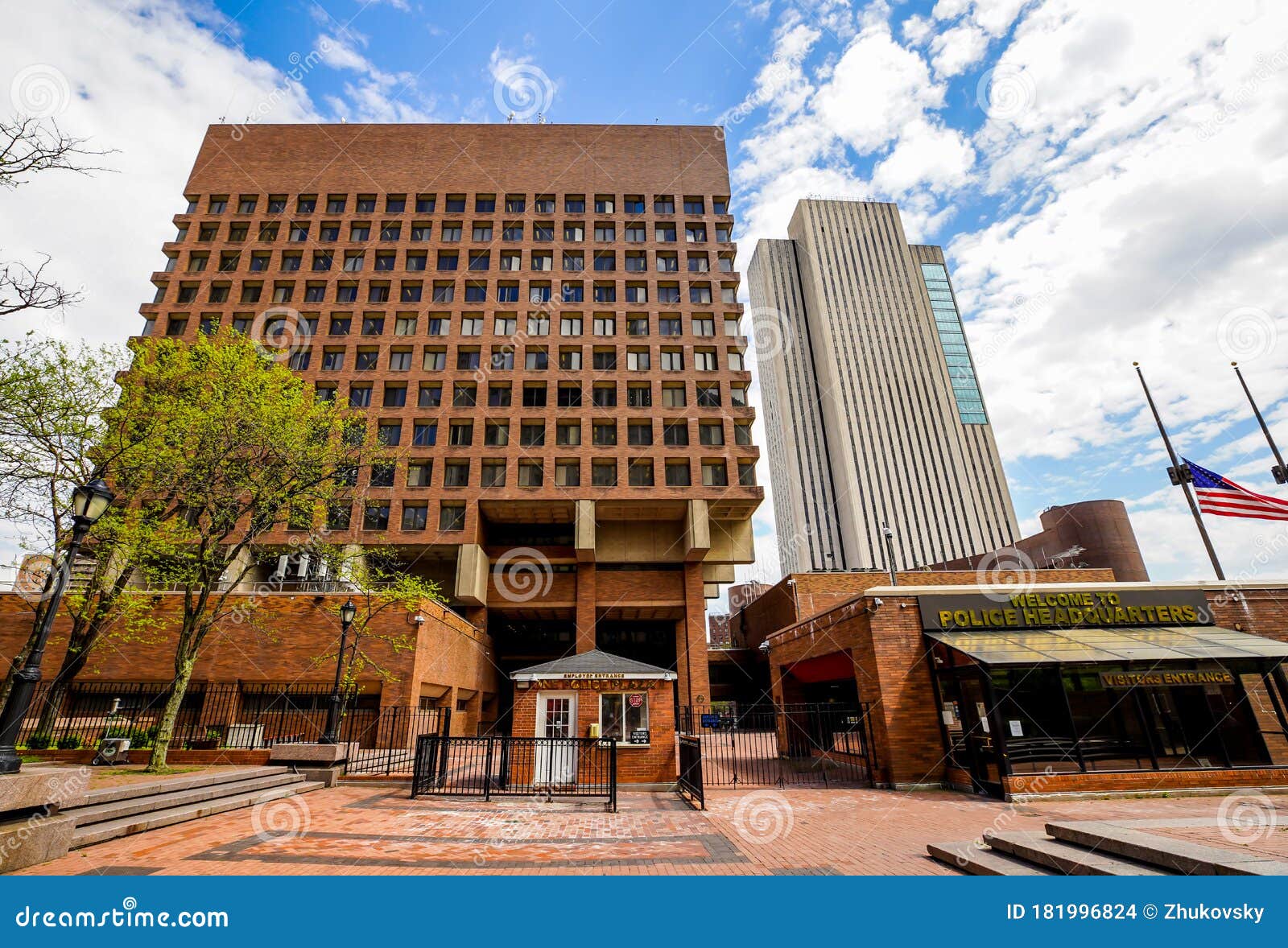New York City Police Department: The Heartbeat Of 1 Police Plaza
Welcome to the world of law enforcement in the Big Apple! The New York City Police Department (NYPD) is more than just a police force—it’s a symbol of safety, resilience, and dedication. Nestled at the iconic 1 Police Plaza, this department has been the backbone of NYC’s security for decades. If you’ve ever wondered what makes the NYPD tick, you’re in the right place. Let’s dive into the heart of this legendary institution!
Picture this: a bustling city that never sleeps, with millions of people moving like a well-oiled machine. Now, imagine the force that keeps all those moving parts from colliding. That’s where the NYPD comes in, and their headquarters at 1 Police Plaza is the nerve center of it all. It’s not just an address—it’s a beacon of hope for New Yorkers and visitors alike.
Before we get into the nitty-gritty, let’s set the stage. The NYPD is one of the oldest and largest police departments in the world, and its influence extends far beyond the five boroughs. From crime prevention to community engagement, the NYPD has a story to tell. In this article, we’ll explore everything you need to know about the NYPD, with a special focus on their headquarters at 1 Police Plaza. So grab your coffee, and let’s get started!
Daftar Isi
1 Police Plaza: The Headquarters
Organizational Structure of the NYPD
Technology and Innovation in Law Enforcement
Success Stories and Milestones
History of the NYPD
The New York City Police Department was officially established way back in 1845, making it one of the oldest police forces in the United States. Back then, it was a small operation compared to the massive force it is today. The NYPD has evolved over the years, adapting to the changing needs of the city and its people. From horse-drawn patrols to high-tech surveillance, the department has seen it all.
In the early days, the NYPD was more about maintaining order than solving crimes. Officers would walk the streets, keeping an eye out for trouble and ensuring that everyone followed the rules. But as the city grew, so did the challenges. The introduction of cars, telephones, and eventually computers changed the game entirely. Today, the NYPD is a cutting-edge organization that uses the latest technology to keep New Yorkers safe.
Key Events in the NYPD’s History
- The creation of the NYPD in 1845 marked the beginning of modern policing in New York.
- The 1960s saw the introduction of the 911 emergency system, revolutionizing how citizens interacted with law enforcement.
- In the 1990s, the NYPD pioneered community policing, which focused on building trust between officers and the communities they served.
1 Police Plaza: The Headquarters
Located in Lower Manhattan, 1 Police Plaza is the nerve center of the NYPD. This building isn’t just where the brass makes decisions—it’s the hub of operations for the entire department. From here, the NYPD coordinates everything from routine patrols to major investigations. If you’ve ever seen a cop show or movie set in NYC, chances are you’ve seen 1 Police Plaza in action.
The building itself is a piece of architectural history. Designed in the mid-20th century, it’s a blend of functionality and style. Inside, you’ll find everything from command centers to briefing rooms, all designed to keep the department running smoothly. And let’s not forget the NYPD Museum, which is housed on the premises. It’s a treasure trove of history, with exhibits that take you through the department’s storied past.
Why 1 Police Plaza Matters
- It’s the central command for all NYPD operations, ensuring that every detail is coordinated.
- The building is a symbol of the NYPD’s commitment to transparency and accountability.
- It serves as a reminder of the department’s rich history and its ongoing mission to protect and serve.
Organizational Structure of the NYPD
Understanding how the NYPD is structured is key to grasping its operations. At the top, you’ve got the Police Commissioner, who oversees the entire department. Below that, there are various ranks and divisions, each with its own responsibilities. From patrol officers to detectives, every member of the NYPD plays a crucial role in keeping the city safe.
One of the most interesting aspects of the NYPD’s structure is its focus on specialization. There are units dedicated to everything from counter-terrorism to cybercrime. This allows the department to tackle complex issues with expertise and precision. And don’t forget about the Auxiliary Police and School Safety Agents, who provide additional support to the department.
Key Divisions Within the NYPD
- Patrol Services Bureau: Handles day-to-day operations and keeps the streets safe.
- Detective Bureau: Investigates crimes and solves mysteries.
- Counter-Terrorism Bureau: Focuses on preventing and responding to potential threats.
Community Policing Efforts
One of the cornerstones of the NYPD’s philosophy is community policing. This approach emphasizes building relationships between officers and the communities they serve. By fostering trust and collaboration, the NYPD aims to create safer neighborhoods for everyone. It’s not just about catching bad guys—it’s about making sure everyone feels safe and respected.
Community policing efforts take many forms. There are neighborhood outreach programs, community meetings, and even social events where officers and residents can interact in a casual setting. These initiatives help break down barriers and build stronger connections between the NYPD and the people it serves.
Benefits of Community Policing
- Increased trust between law enforcement and the community.
- More effective crime prevention through collaboration.
- Improved quality of life for residents in all five boroughs.
Technology and Innovation in Law Enforcement
The NYPD is at the forefront of technological innovation in law enforcement. From body cameras to facial recognition software, the department is constantly exploring new ways to enhance its capabilities. These tools help officers do their jobs more effectively while maintaining transparency and accountability.
One of the most exciting developments is the use of data analytics to predict and prevent crime. By analyzing patterns and trends, the NYPD can deploy resources where they’re needed most. This proactive approach has already shown promising results, leading to a decrease in crime rates across the city.
Examples of Technology in Action
- Body cameras provide a record of interactions between officers and citizens.
- Data analytics help identify crime hotspots and allocate resources accordingly.
- Surveillance systems monitor public spaces to deter criminal activity.
Challenges Faced by the NYPD
Like any large organization, the NYPD faces its share of challenges. Budget constraints, staffing shortages, and public perception are just a few of the issues that the department must navigate. Additionally, the ever-changing nature of crime means that the NYPD must constantly adapt to new threats.
One of the biggest challenges is maintaining trust in a city as diverse as New York. The NYPD works hard to address concerns about bias and misconduct, implementing policies and training programs to ensure that all officers uphold the highest standards of professionalism.
Addressing Public Concerns
- Regular training sessions focus on de-escalation techniques and cultural sensitivity.
- Independent oversight boards review complaints and recommend improvements.
- Community feedback is incorporated into policy decisions to ensure accountability.
Success Stories and Milestones
Despite the challenges, the NYPD has achieved many remarkable successes over the years. Crime rates in New York City have dropped significantly since the 1990s, thanks in large part to the department’s innovative strategies. From the famous "Broken Windows" theory to the implementation of CompStat, the NYPD has set the standard for modern policing.
Another major milestone was the department’s response to the September 11th attacks. In the aftermath of that tragic day, the NYPD stepped up its counter-terrorism efforts, working tirelessly to ensure that the city remained safe. Their dedication and resilience in the face of adversity are a testament to the department’s strength and resolve.
Notable Achievements
- Significant reduction in crime rates over the past few decades.
- Successful prevention of numerous terrorist attacks.
- Implementation of groundbreaking policing strategies that have been adopted worldwide.
Biography of Key Figures
No discussion of the NYPD would be complete without mentioning some of its key figures. These individuals have played pivotal roles in shaping the department and its mission. Below is a brief overview of their contributions.
| Name | Position | Notable Achievements |
|---|---|---|
| William J. Bratton | Former Police Commissioner | Revolutionized policing with the introduction of CompStat. |
| Keechant L. Sewell | Current Police Commissioner | Focuses on rebuilding trust and addressing systemic issues. |
| Raymond W. Kelly | Former Police Commissioner | Strengthened counter-terrorism efforts after 9/11. |
The Future of the NYPD
Looking ahead, the NYPD is poised to continue its mission of protecting and serving the people of New York City. With new technologies and innovative strategies on the horizon, the department is well-positioned to tackle the challenges of the future. From addressing climate-related emergencies to combating cybercrime, the NYPD is ready for whatever comes its way.
One of the most exciting developments is the department’s focus on sustainability and environmental justice. By incorporating green initiatives into its operations, the NYPD aims to reduce its carbon footprint while maintaining its commitment to public safety. This forward-thinking approach ensures that the department remains relevant in an ever-changing world.
Conclusion and Call to Action
In conclusion, the New York City Police Department is much more than just a law enforcement agency. It’s a vital part of the city’s fabric, working tirelessly to ensure that everyone can live, work, and play in safety. From its humble beginnings to its current status as a global leader in policing, the NYPD has a rich history and a bright future.
So what can you do? If you’re passionate about public safety, consider getting involved in your local community. Attend a neighborhood meeting, volunteer with a local organization, or simply strike up a conversation with your friendly neighborhood officer. Together, we can make New York City an even safer and more vibrant place to live.
And don’t forget to share this article with your friends and family! The more people know about the incredible work being done by the NYPD, the better equipped we all are to support their mission. Let’s keep the conversation going and make sure everyone feels the heartbeat of 1 Police Plaza!

New York City Police Department Max Payne Wiki Fandom

One Police Plaza in Lower Manhattan Editorial Photo Image of american

One Police Plaza in Lower Manhattan Editorial Stock Image Image of